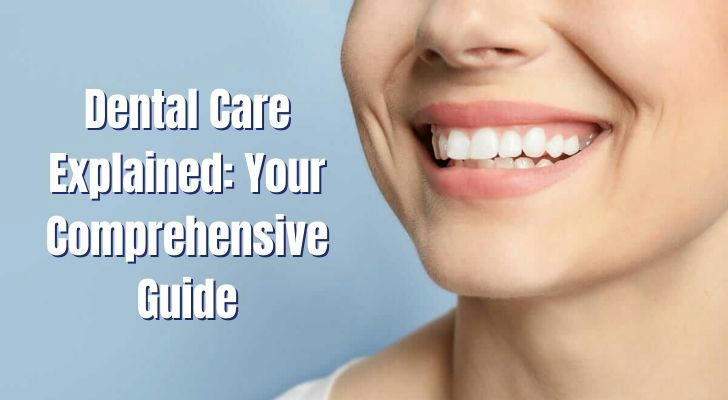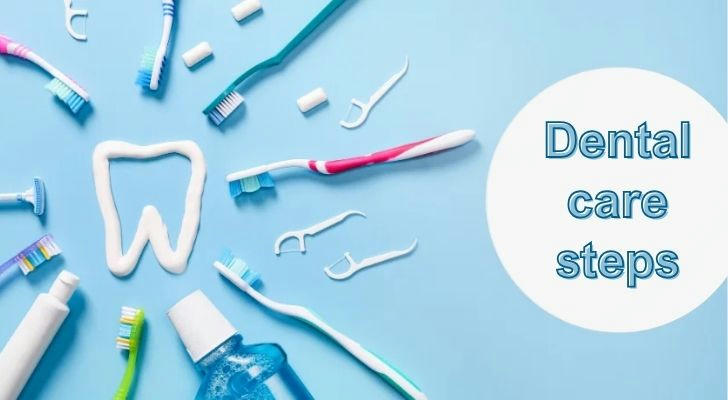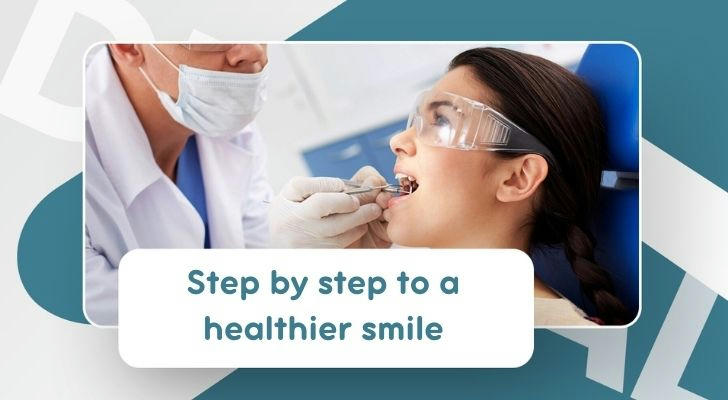Dental Care Guide: Comprehensive Care for Oral Health
Maintaining strong oral health isn’t just about a confident smile—it’s vital for overall wellness. From preventing cavities to accessing affordable care, understanding dental hygiene and available resources empowers to prioritize their oral health.

1. Daily Dental Care: Simple Steps for Lifelong Health
A healthy routine starts at home:
Brushing Basics: Use fluoride toothpaste and a soft-bristled brush. Brush twice daily for two minutes, angling bristles at 45 degrees toward the gums. Replace toothbrushes every 3–4 months.
Flossing Matters: Clean between teeth daily to remove plaque. Water flossers or interdental brushes work well for braces or sensitive gums.
Mouthwash Use: Therapeutic rinses (look for the ADA Seal) reduce bacteria but don’t replace brushing or flossing.
Smart Diet Choices: Limit sugary snacks and acidic drinks (soda, sports drinks). Crunchy veggies like celery help clean teeth naturally.
The American Dental Association (ADA) recommends dental check-ups every six months for cleanings and early detection of cavities, gum disease, or oral cancer.

2. Common Dental Issues and How to Prevent Them
Tooth Decay
Cavities affect 90% of adults aged 20–64, according to the CDC. Fluoride treatments and sealants (applied to children’s molars) are proven defenses.
Gum Disease
Nearly half of adults over 30 have gum disease. Gingivitis (red, bleeding gums) can escalate to periodontitis. Daily flossing and professional cleanings are critical.
Misaligned Teeth
Crooked teeth or bite issues impact chewing and speech. The American Association of Orthodontists advises evaluations by age 7. Options like braces or clear aligners (e.g., Invisalign) are widely available.
Tooth Loss
Missing teeth affect nutrition and self-esteem. Implants, bridges, or dentures restore function. Low-cost options exist through dental schools or community clinics.
3. Government and Community Programs: Reducing Costs
Dental care can be expensive, but these U.S. resources help:
Medicaid and CHIP: Covers dental care for eligible low-income children and adults (varies by state). For example, California’s Denti-Cal program offers comprehensive services.
Medicare: Limited coverage (e.g., medically necessary procedures like tooth extractions before cancer treatment).
HRSA Health Centers: Federally funded clinics provide sliding-scale fees based on income. Over 1,400 centers offer cleanings, fillings, and extractions.
Dental Schools: Accredited schools like NYU College of Dentistry provide low-cost care supervised by licensed professionals.
Nonprofits: Organizations like Mission of Mercy host free dental clinics nationwide.
State-Specific Support:
Texas: The Texas Dental Association Smiles Foundation offers free care for underserved children.
New York: The NYU Dentistry Oral Health Center for People with Disabilities provides specialized care.
Florida: Seniors may qualify for reduced-cost dentures through local health departments.
4. Age-Specific Tips for Every Life Stage
Children and Teens
Start dental visits by age 1.
Sealants prevent 80% of cavities in molars (CDC).
Many states require schools to provide free fluoride varnish programs.
Adults
Stress and smoking heighten gum disease risk.
Night guards protect against teeth grinding (bruxism).
Use tax-advantaged HSAs or FSAs to pay for treatments.
Seniors
Dry mouth (a side effect of medications) increases decay risk. Use ADA-approved saliva substitutes.
Medicare Advantage plans often include dental benefits.
The National Institute of Dental and Craniofacial Research (NIDCR) promotes the “28-to-28” goal—keeping all 28 teeth past age 28.
5. Technology Transforming Dental Care
Teledentistry: Virtual consultations expand access in rural areas.
3D Printing: Custom crowns and aligners are made faster and cheaper.
AI Diagnostics: Tools like Pearl’s AI analyze X-rays to detect cavities and gum disease early.
6. Navigating Dental Insurance
Employer Plans: Most cover 80–100% of preventive care but only 50% of major procedures.
Discount Plans: Companies like Careington offer reduced rates for a yearly fee.
Dental Savings Plans: An alternative to insurance; members pay a monthly fee for access to lower prices.

Conclusion: Building a Healthier Smile, One Step at a Time
Oral health is a lifelong commitment, but it doesn’t have to be overwhelming. By adopting daily habits, leveraging government programs, and exploring affordable care options, Americans can protect their smiles without breaking the bank. Schedule that check-up, research local resources, and remember: Prevention is always cheaper than cure.
